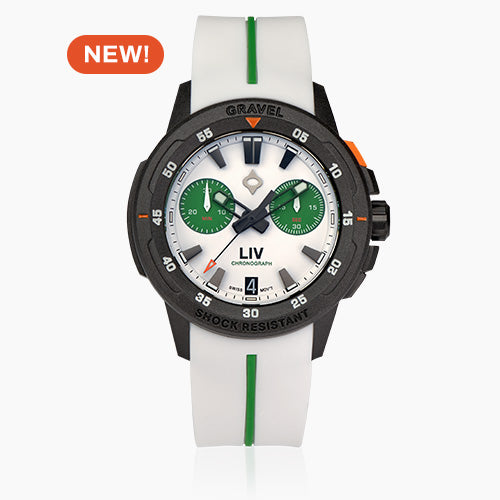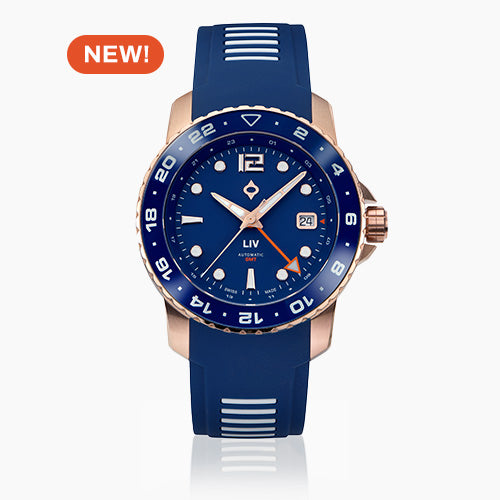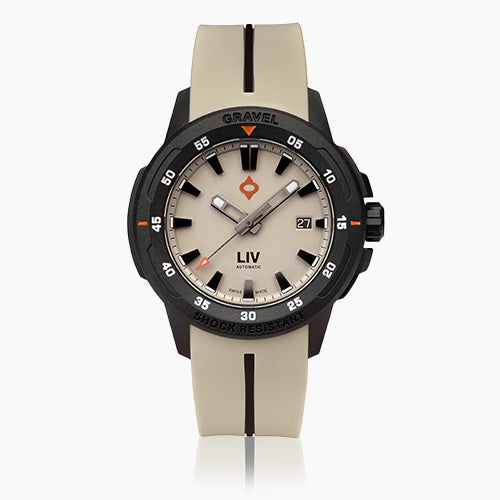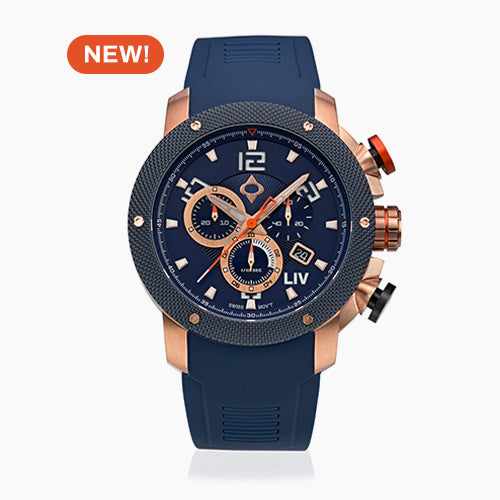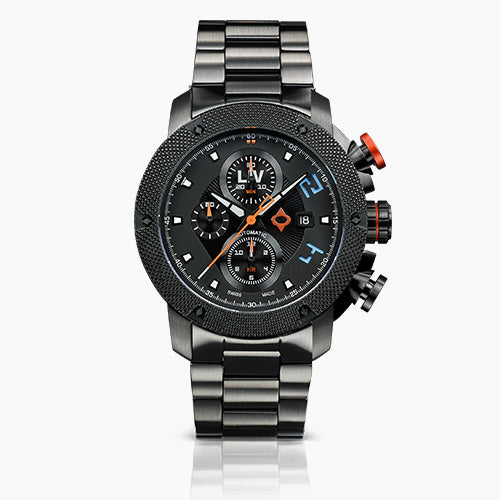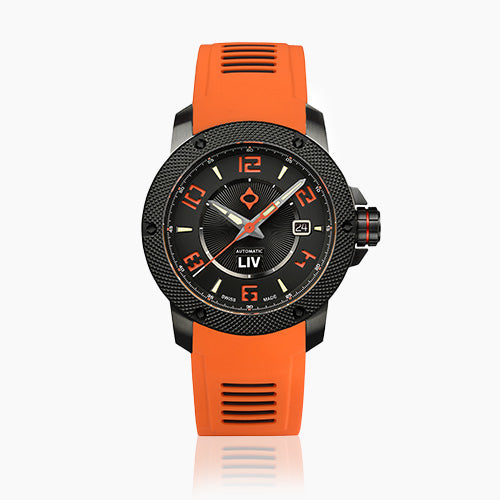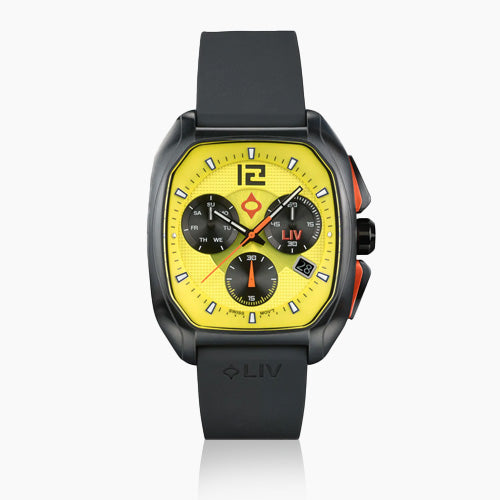
Hybrid watch movements
Share
Hybrid movements combine parts of quartz and mechanical alternatives into a new form, representing a hybrid of the two originals. One of the earliest examples is the mecha-quartz 6T63 from Seiko. This design uses a quartz movement and a single stepper motor to drive the hands of a chronograph through a series of gears. A standard quartz movement uses a stepper motor for each chronograph hand. The intent is to give the watch some of the panache of a mechanical movement.
Another hybrid is the kinetic watch as it uses a mechanical rotor to charge a capacitor which acts as the battery. Why kinetic? Because the movement of the rotor creates kinetic energy which is stored for powering the watch. Seiko uses this movement in a large number of styles, and the watches generally feature the word, “Kinetic” on the dial.
Sticking with the same company, Seiko offers its spring drive, a variation on their kinetic movement. In the spring drive, an electronic module provides the timekeeping function with a rotor and mainspring providing the power! Getting confused yet? The last one we’ll mention is the Omega SMP quartz that has a mechanical movement powered by a battery-powered motor.
Smartwatches and their hybrids
Watch purists will howl at the inclusion of a smartwatch in any watch movement discussion. I am sure the same type of reaction greeted the first quartz movements. From a purely horological, watchmaking sense, the only similarity is the smartwatch can tell time. It is a purely electronic device and typically requires pairing with a smartphone for the majority of its functions.
However, smartwatches are popular and gaining more fans daily. There are even hybrid smart watches available that imbue traditional mechanical and quartz watches with “smart” features. Typical feature sets include message or call notifications, step tracking, and sleep tracking. Because they are part of a traditional watch style, they can be water resistant and accept any watch strap of the proper width rather than being locked to the straps of the smartwatch maker.
Perhaps the best feature is battery life. Not having a screen to power, regular watch batteries can last upwards of 6 months. That is significantly less than a “dumb” watch, but the Bluetooth connectivity does consume power. Many watchmakers already offer hybrids including, Fossil, Skagen, and Michele.
Regular watch smart retrofit
Any watch person will have a collection of timepieces that reflect their interests, style, favorite brands, and so on. Bringing a smartwatch into the fold is a difficult choice because watch aficionados like to change up the watch they wear; one for work, another for a fancy dinner, one for camping, another for a sporting event, one to match a particular outfit. You get the picture. The smartwatch is designed to be your only watch.
For the author, this is precisely the dilemma I faced. A crowdfunded solution, Chronos, caught my eye and provided an elegantly simple answer, a disc that sticks to the back of any watch I own and enables a series of smart functions, just like a hybrid. I get audible, visual, and tactile indications of messages and calls, can answer my phone by tapping the watch face, can use gestures to activate functions, and track steps. The best part? It can move from watch to watch.
Wrapping it up
Technology is going to continue enhancing watchmakers’ abilities to combine existing movement components with electronics, apps, telecommunications, and other things any of us have yet imagined. The Dick Tracy watch phone is a reality today. What might be next?


